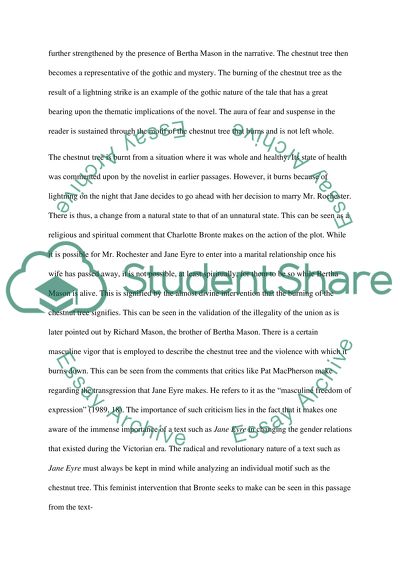Cite this document
(“The chestnut tree in Jane Eyre and Mrs. Sparsits staircase in Hard Essay”, n.d.)
Retrieved from https://studentshare.org/literature/1465248-the-chestnut-tree-in-jane-eyre-and-mrs-sparsits-staircase-in-hard-times
Retrieved from https://studentshare.org/literature/1465248-the-chestnut-tree-in-jane-eyre-and-mrs-sparsits-staircase-in-hard-times
(The Chestnut Tree in Jane Eyre and Mrs. Sparsits Staircase in Hard Essay)
https://studentshare.org/literature/1465248-the-chestnut-tree-in-jane-eyre-and-mrs-sparsits-staircase-in-hard-times.
https://studentshare.org/literature/1465248-the-chestnut-tree-in-jane-eyre-and-mrs-sparsits-staircase-in-hard-times.
“The Chestnut Tree in Jane Eyre and Mrs. Sparsits Staircase in Hard Essay”, n.d. https://studentshare.org/literature/1465248-the-chestnut-tree-in-jane-eyre-and-mrs-sparsits-staircase-in-hard-times.


